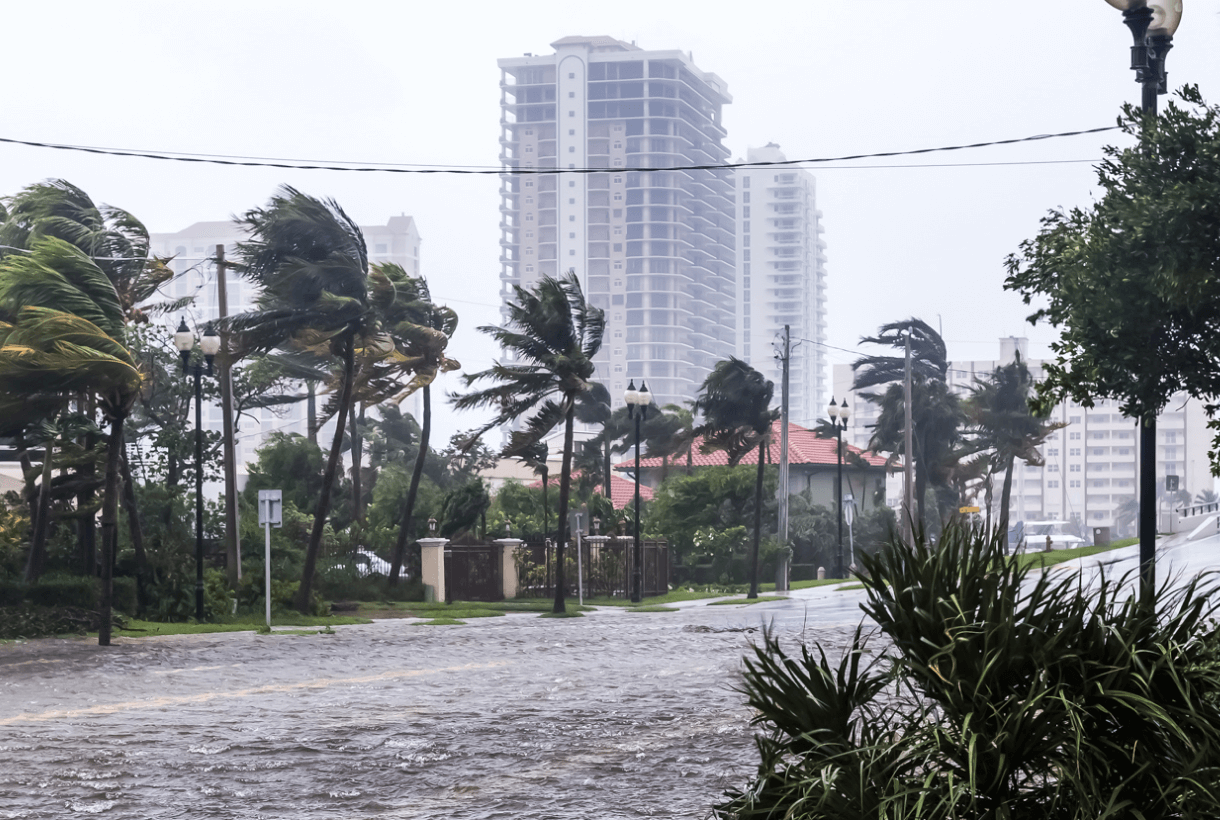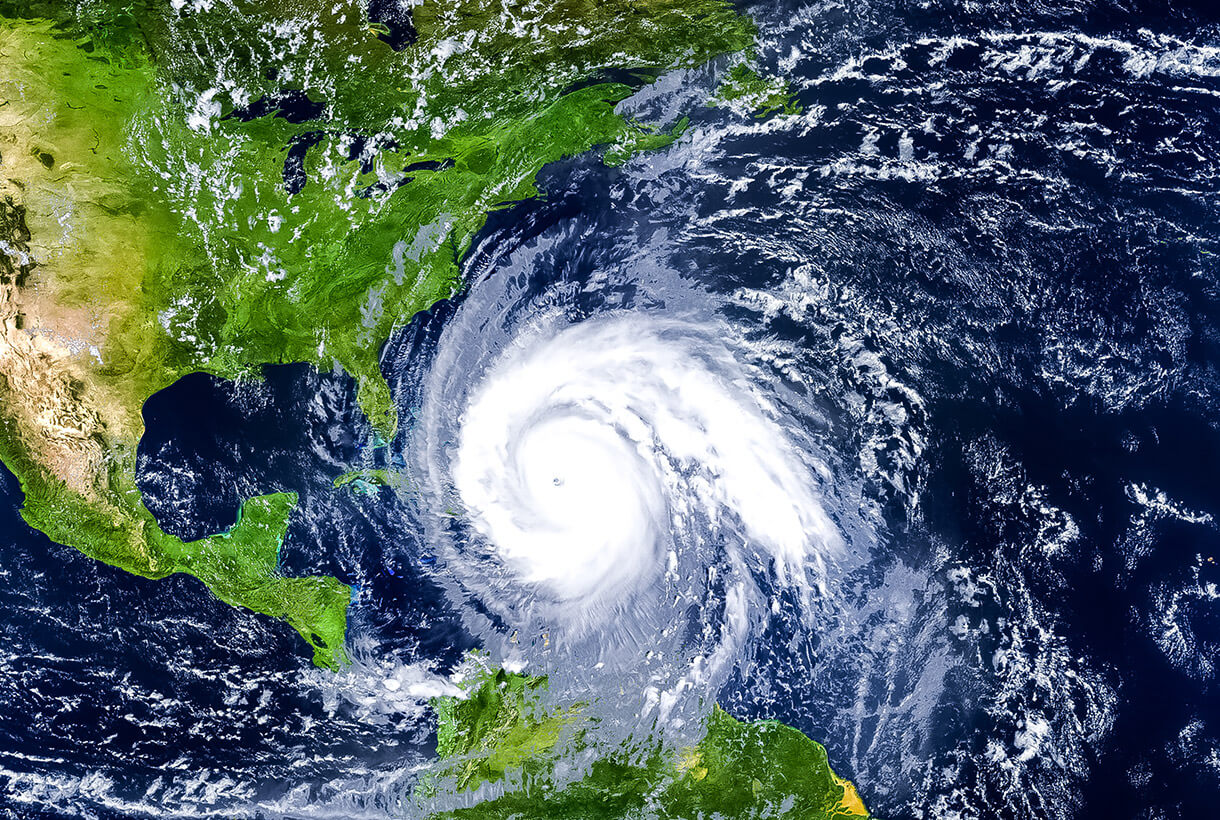Historically, the average hurricane season produces 14 named storms with seven hurricanes and three major hurricanes, according to NOAA. Is your organization or agency ready for storm surge, flooding and gale-force winds? Now’s the time to prepare so your people and operations will remain safe in the coming months.
Rising Risks and Emerging Issues
As a risk management professional, keeping up with weather predictions is second nature. While you’re always testing the wind, from June to November it may feel as if you’re constantly going against it. Major decisions are affected by which way El Niño and La Niña blow and how much water they bring.
This is a theme for every organization and community during hurricane season and beyond. In fact, ninety nine percent of executives and 100 percent of U.S. government leaders said their organization or agency experienced a physical threat in the last 24 months, according to the 2024 OnSolve Global Risk Impact Report.* Of those threats, natural disasters and extreme weather were among the list of top five physical threats experienced. The good news is that 56 percent of executives and 53 percent of federal leaders said their top priority is preparing for a physical threat crisis that puts employee safety or operations at risk.
So hurricane preparedness should be top of mind. But are you aware of the cascading impacts?
Take Your Hurricane Preparedness to the Next Level
Improve your hurricane preparedness with these resources from crisis management experts.
Growing Costs and Spiraling Implications
As you’re following the weather, it’s also practical to follow the money. Examining where the dollars have blown (and how many) can demonstrate the overall impact of severe weather. Last year the U.S. experienced a historic number of billion-dollar disasters, with 28 severe weather events resulting in at least $92.9 billion in costs.
A significant portion of this cost is due to the dynamic risk of severe weather. Dynamic risk results in damages that are different from what was expected. It’s unpredictable in when, how and where it strikes, as well as the degree of impact.
For example, during Hurricane Ida, one global hotel chain braced for operational impact and physical damage in the New Orleans metro area. However, when major flooding hit their operations in New York, they were completely unprepared.
A volatile path isn’t the only component of dynamic risk. Particularly for hurricanes, there’s more than the threat of direct damage caused by wind and flooding. When operations are delayed or halted by a storm, business continuity is often interrupted. This can quickly spiral into a range of cascading problems, each resulting in interrelated costs. Long-term repercussions can include everything from supply chain delays to customer dissatisfaction and reduced profits.
So how can organizations prepare more proactively?
Better Technology and Improved Outcomes
Undoubtedly, a hurricane will test your strategy for critical event management. In our fast-paced and digitally connected world, one thing is clear: No plan is complete without the right technology to support it.
To be effective during crisis, the solution has to deliver relevant and accurate information in real time, via an intuitive interface. When every minute counts, you need:
- Risk Intelligence: Make more informed decisions based on accurate and actionable intelligence.
- Mass Notifications: Keep everyone informed and connected with on-demand alerting.
- Incident Management: Optimize crisis response with convenient and sophisticated automation and task orchestration.
When these capabilities come together, organizations have a reliable way to detect critical events and deliver timely warnings to protect staff and other stakeholders. You’re better positioned to shift operations and reroute distribution channels. You can prepare for potential maintenance and media relations. This approach saves lives while minimizing costs in dollars, time and effort.
If you’re not ready, a hurricane can quickly set your operations adrift. The Hurricane Preparedness Kit from OnSolve will help your organization hold its ground.
*2024 OnSolve Global Risk Impact Report physical threat data spans 50 risk categories across 159 countries where OnSolve customers operate.


